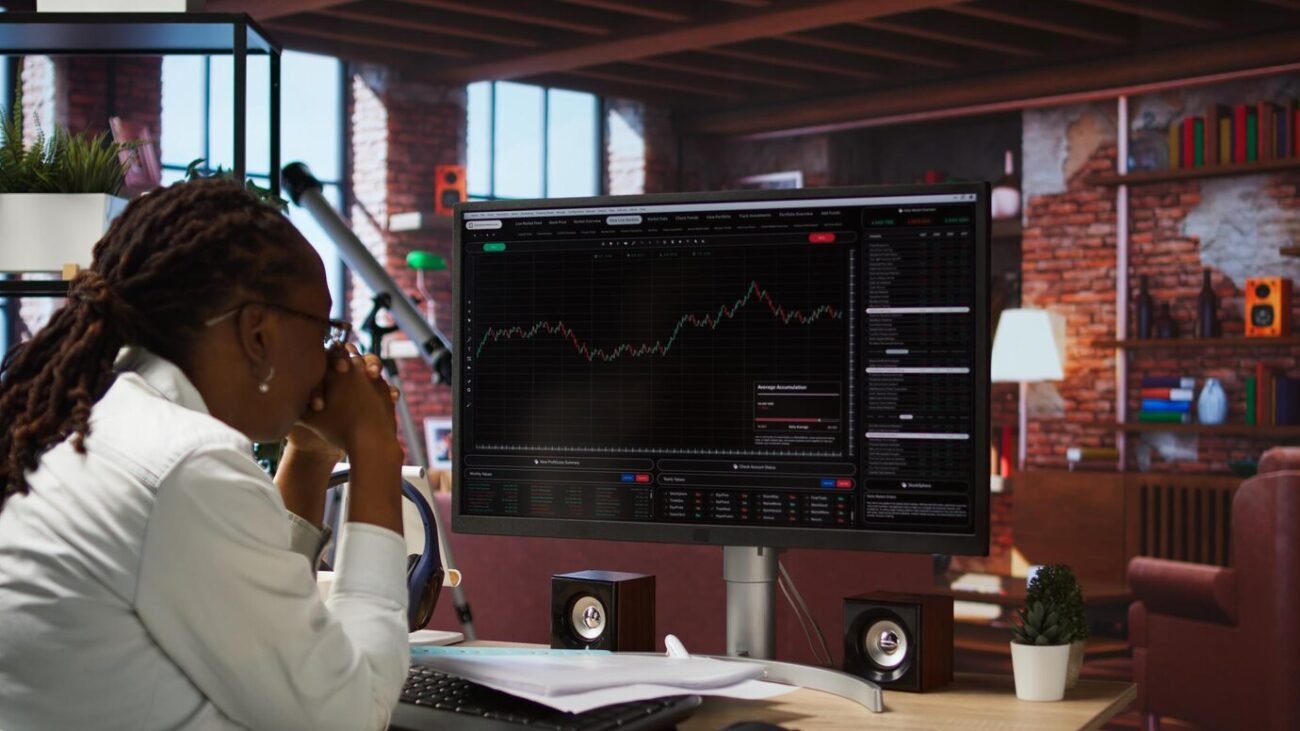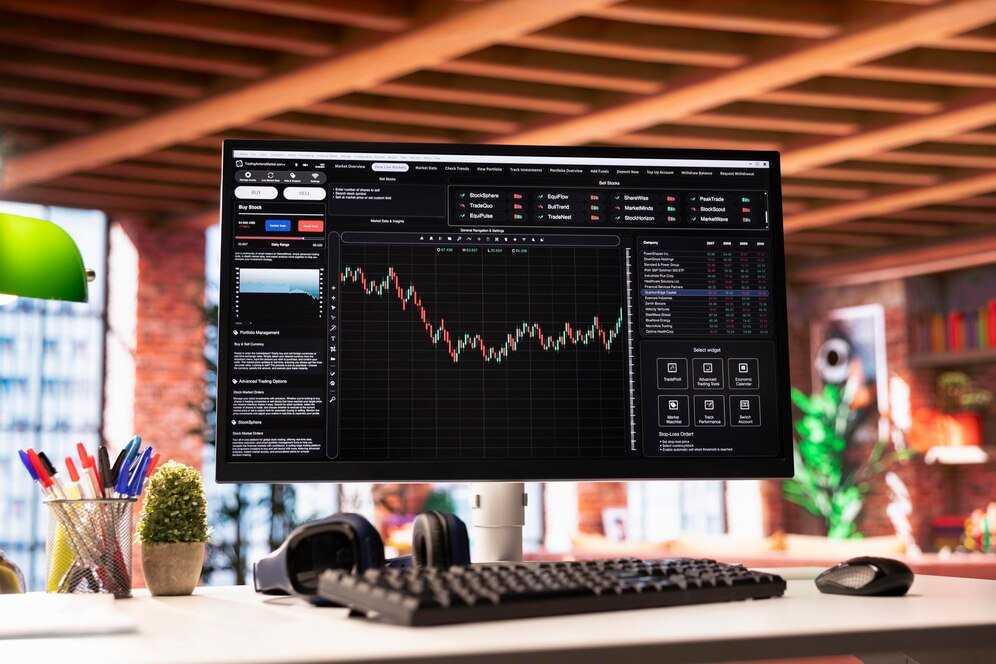In the world of cryptocurrency trading, Peer-to-Peer (P2P) exchanges have been gaining significant traction. Unlike traditional exchanges where you trade against a centralized order book or market maker, P2P platforms allow users to buy and sell cryptocurrency directly with one another, without the need for an intermediary. This decentralized approach offers several advantages, but it also comes with its own set of risks.
In this blog, we’ll explore the pros and cons of using peer-to-peer crypto exchanges to help you decide whether this option is right for you.
What Are Peer-to-Peer Crypto Exchanges?
Peer-to-Peer crypto exchanges are platforms that connect buyers and sellers directly, allowing them to trade cryptocurrencies without involving a middleman like a traditional exchange. These platforms typically allow users to create listings for buying and selling digital currencies, set their own prices, and agree on payment methods. Examples of popular P2P exchanges include Paxful, LocalBitcoins, and Binance P2P.
The Pros of Using Peer-to-Peer Crypto Exchanges
1. Lower Fees
One of the most significant advantages of P2P exchanges is the reduced or sometimes even zero trading fees. Traditional centralized exchanges charge various fees for trading, deposits, and withdrawals, which can accumulate over time, especially for active traders. P2P exchanges, on the other hand, often charge lower fees because there’s no central entity taking a cut from the transaction.
- Lower transaction fees: Users typically pay a small fee to the platform to cover operational costs, but it’s usually much lower than the fees on centralized exchanges.
- Fee flexibility: In some cases, the buyer and seller can even negotiate who will cover the transaction fees.
2. Greater Privacy and Anonymity
P2P exchanges allow users to trade directly with one another, and many of these platforms do not require extensive identity verification (though this varies). As a result, they offer greater privacy and anonymity compared to centralized exchanges.
- Minimal KYC/AML requirements: Some P2P platforms allow you to trade without completing full Know-Your-Customer (KYC) verification, making it a more attractive option for users who want to maintain privacy.
- Control over personal information: Traders can choose how much information they share with other users during the trade process, which enhances their privacy.
3. Flexible Payment Methods
P2P platforms typically offer a wide variety of payment methods, which can make buying and selling cryptocurrency more convenient for users in different regions. Some of the most common payment methods include:
- Bank transfers: Both domestic and international transfers are supported by many P2P platforms.
- Online payment services: Options like PayPal, Skrill, and even cash deposits can be used, depending on the platform.
- Gift cards: Some exchanges, like Paxful, even allow payments using gift cards, providing further flexibility.
This variety of payment methods can be particularly helpful for users who live in regions where access to traditional banking is limited.
4. Increased Accessibility in Restricted Regions
In some countries, centralized exchanges are banned or restricted due to regulatory issues. P2P platforms can offer a way around these restrictions because they are decentralized and don’t require a central authority. This makes it easier for users in regions with limited access to centralized exchanges to buy and sell cryptocurrencies.
- Global reach: P2P exchanges can be accessed from almost anywhere, enabling users in countries with strict regulations to participate in the crypto market.
- Access to local markets: Traders can connect with buyers and sellers in their specific country or region, making transactions faster and more convenient.
The Cons of Using Peer-to-Peer Crypto Exchanges
1. Increased Risk of Scams and Fraud
The lack of a centralized authority or intermediary in P2P exchanges means that users are more vulnerable to scams and fraud. Since you’re dealing directly with other users, there’s always a risk that the seller may not release the cryptocurrency once payment is made, or that the buyer might use fraudulent payment methods.
- Escrow risks: Although many P2P platforms use escrow services to hold the cryptocurrency until both parties confirm the transaction, there’s still a risk that the other party may not fulfill their end of the deal.
- Social engineering: Scammers may attempt to trick users into sending payment without completing the trade or engage in other malicious tactics.
Tip: To mitigate these risks, always check the reputation of the person you’re trading with, read user reviews, and use the platform’s built-in escrow system whenever possible.
2. Limited Liquidity
Liquidity is a significant issue on many P2P exchanges. Because you are buying and selling directly with other users, the available buyers and sellers may not always be active or available, especially in less popular markets.
- Slow transactions: If there aren’t enough sellers in your region or buyers willing to meet your price, it could take longer to complete the transaction.
- Price fluctuations: The lack of liquidity can also lead to wider spreads between buying and selling prices, meaning that you might pay more or get less than you would on a centralized exchange.
3. Lack of Customer Support
While centralized exchanges typically offer customer support teams to assist with issues, P2P platforms often lack this level of service. If you encounter a problem with a trade or transaction, you may not have access to immediate assistance.
- Limited dispute resolution: Although P2P exchanges typically provide an escrow service to protect users, resolving issues and disputes can still be difficult if something goes wrong.
- Slow response times: Some platforms have limited support staff or rely on community-driven solutions, which can result in slow or inadequate resolutions.
4. Security Concerns with Payment Methods
While many P2P platforms offer security features like escrow services and dispute resolution, the payment methods used on these platforms can still expose you to additional risks.
- Chargebacks: If you’re selling cryptocurrency, you might face the risk of a chargeback if the buyer uses a credit card or payment service like PayPal.
- Unverified payment methods: Some payment methods, such as gift cards, can be easily manipulated or falsified, leading to potential fraud during the transaction.
Tip: Always choose payment methods with the least risk of fraud, and make sure to verify the payment before releasing the cryptocurrency.
5. Limited Range of Coins
While P2P platforms support many popular cryptocurrencies like Bitcoin (BTC) and Ethereum (ETH), they often do not offer the same extensive range of coins that centralized exchanges do. If you are looking to trade a wide variety of altcoins, you may be limited by the selection on a P2P exchange.
- Limited trading pairs: P2P exchanges generally focus on the most well-known cryptocurrencies, so if you’re interested in more obscure altcoins, you might have to look elsewhere.
- Fewer advanced trading options: P2P platforms are usually focused on basic buy/sell trades and may lack advanced features such as margin trading, futures contracts, or staking.
Conclusion: Is a P2P Exchange Right for You?
Peer-to-Peer crypto exchanges offer several distinct advantages, including lower fees, increased privacy, flexible payment methods, and greater accessibility in regions with restrictions. However, they also come with certain risks, such as scams, limited liquidity, and a lack of customer support.
If you’re a beginner, or if you’re trading small amounts and value privacy and flexibility, a P2P exchange may be a good fit for you. However, if you’re dealing with larger sums, need higher liquidity, or want advanced trading features, you might be better off using a centralized exchange.
Ultimately, the decision to use a P2P exchange comes down to your individual needs, risk tolerance, and the level of trust you place in decentralized trading. Regardless of the platform you choose, always remember to exercise caution, verify your trading counterpart, and follow best practices to minimize risks.













